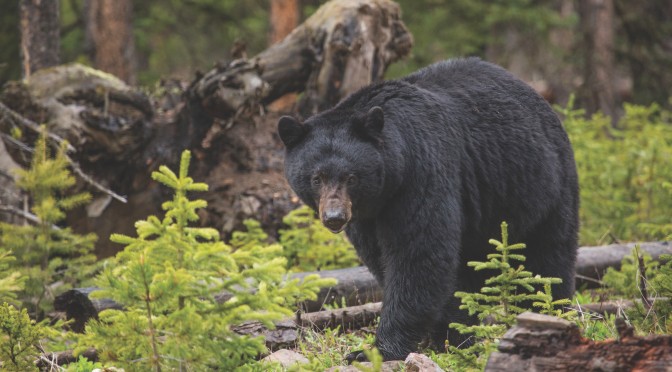by Taylor Burlage
A local’s guide to downtown Bozeman.
Coming to a new place can be daunting, especially if it’s your first time away from home. But straying off-campus is well worth the effort, so let us help you out. First, if you don’t have your own car, a personal chauffeur, or a gracious friend willing to drive you places, you can always take the Streamline bus. With five different routes, you can get almost anywhere in Bozeman; and better yet, it’s free. Route maps can be found on page 76 of your Blue Light guide, so let’s hop on a bus and head downtown.
Alright, you made it. You have no idea where to start, but you know that you’re hungry. For something cheap but tasty, hit up Naked Noodle or Taco del Sol. Feeling like organic food prepared in-house? Stop off at the downtown Co-op and grab some grub from the hot bar or deli—it ain’t cheap, but it’s healthy and delicious. Looking for a classic Montana meal? Ale Works or Copper are good places to start.
Now it’s time for some music. Back in your home city, you may have had some unbeatable music venues, but don’t write Bozeman off just yet. There’s a surprisingly robust music scene around here, and it keeps getting better. New this year, the Rialto Theater is definitely up and coming here in the Bozone, offering acts from across the country in a classy, fun setting. Other locations include the Ellen Theatre (where you can catch plays, classic films, and other events, too), the Emerson Theater, and the Willson Auditorium for the symphony. Loads of other local venues cater to the 21-and-over crowd, and they have some great shows as well.
So now that you know where to eat and where the best music is, you just want to explore a little. On the east end of Main Street, the Bozeman Public Library is a great study spot situated right next to the beautiful Lindley Park. With loads of books, free Wi-Fi, and a coffee shop, you can basically live there six days a week. Looking for music, or some quirky gifts? Cactus Records is where you want to be. Although it’s nice to check out books from the library, sometimes, you just gotta have one for yourself. In that case, head on down to Vargo’s (books and records) or the Country Bookshelf (just books). Both have tons of character and a wide selection of literature. Lastly, head to Sacks thrift store. Although there’s a plethora of thrift stores around town, Sacks is the most colorful. With great prices and excellent finds, thrift-shopping at Sacks is more like hunting for treasure.
Okay, you almost know downtown like the back of your hand, but not quite. You still don’t know where to get your outdoor gear! Odds are, you came to Bozeman at least partly (or mostly) for the recreational opportunities. First, stop by Second Wind Sports. We know that brand-new gear tends to be pricey. Luckily for you, Second Wind has some excellent options when it comes to lightly used gear of any kind. Ladies, head over to Girls Outdoors. With a wide selection of outdoor apparel, GO is a great option. For biking gear, there’s Owenhouse and Summit Bikes & Skis, and Schnee’s is the biggest all-around outdoor store downtown. Lastly, hit up Chalet Sports. Chalet provides top-of-the-line gear for reasonable prices, and the staff are super helpful. It’s worth a look, if only to admire the shiny new stuff.
That’s it. You’ve taken your first step towards becoming a full-fledged Bozemanite. Keep on exploring, in and outside of town, and be sure to pack your Blue Light guide along.































